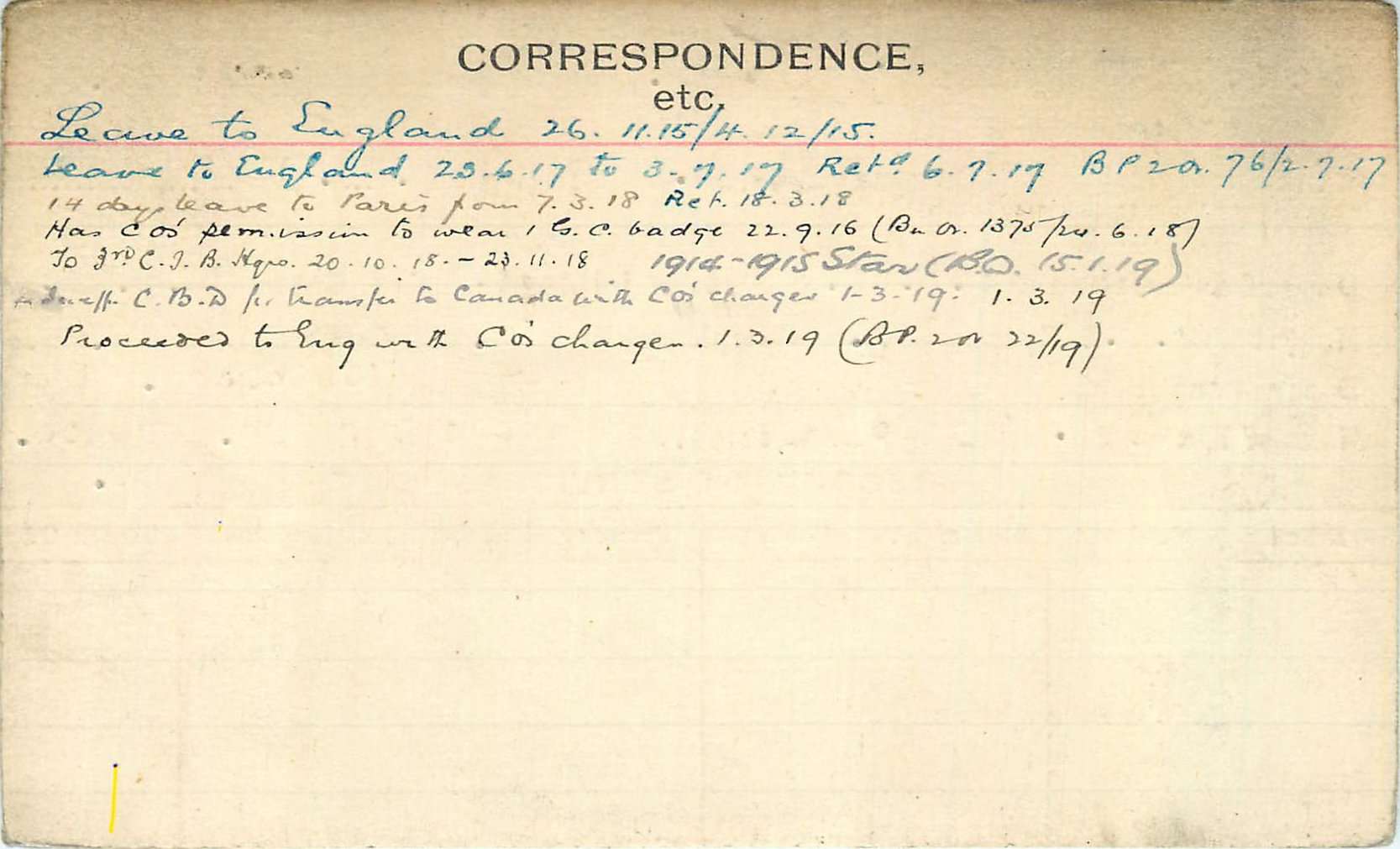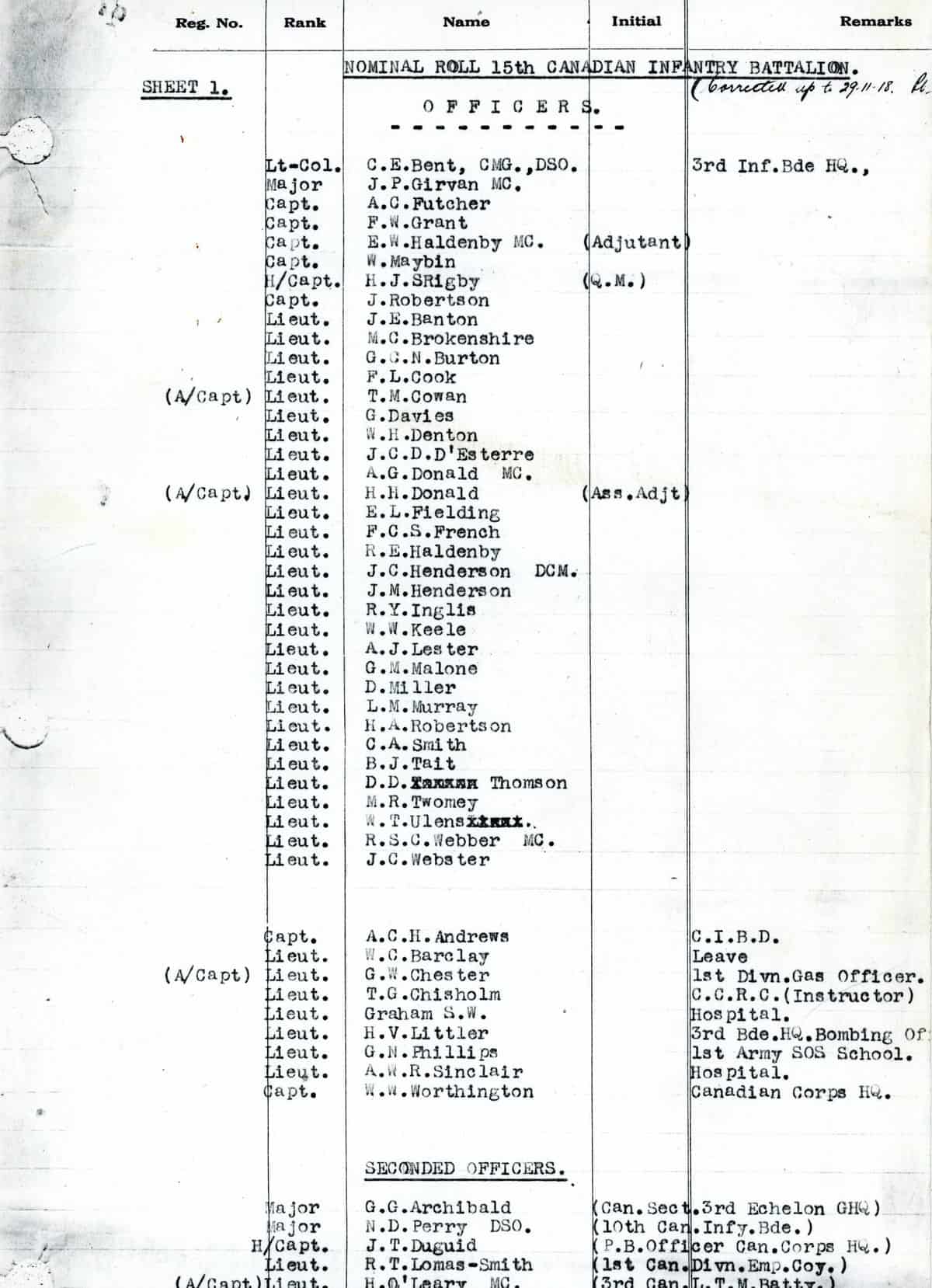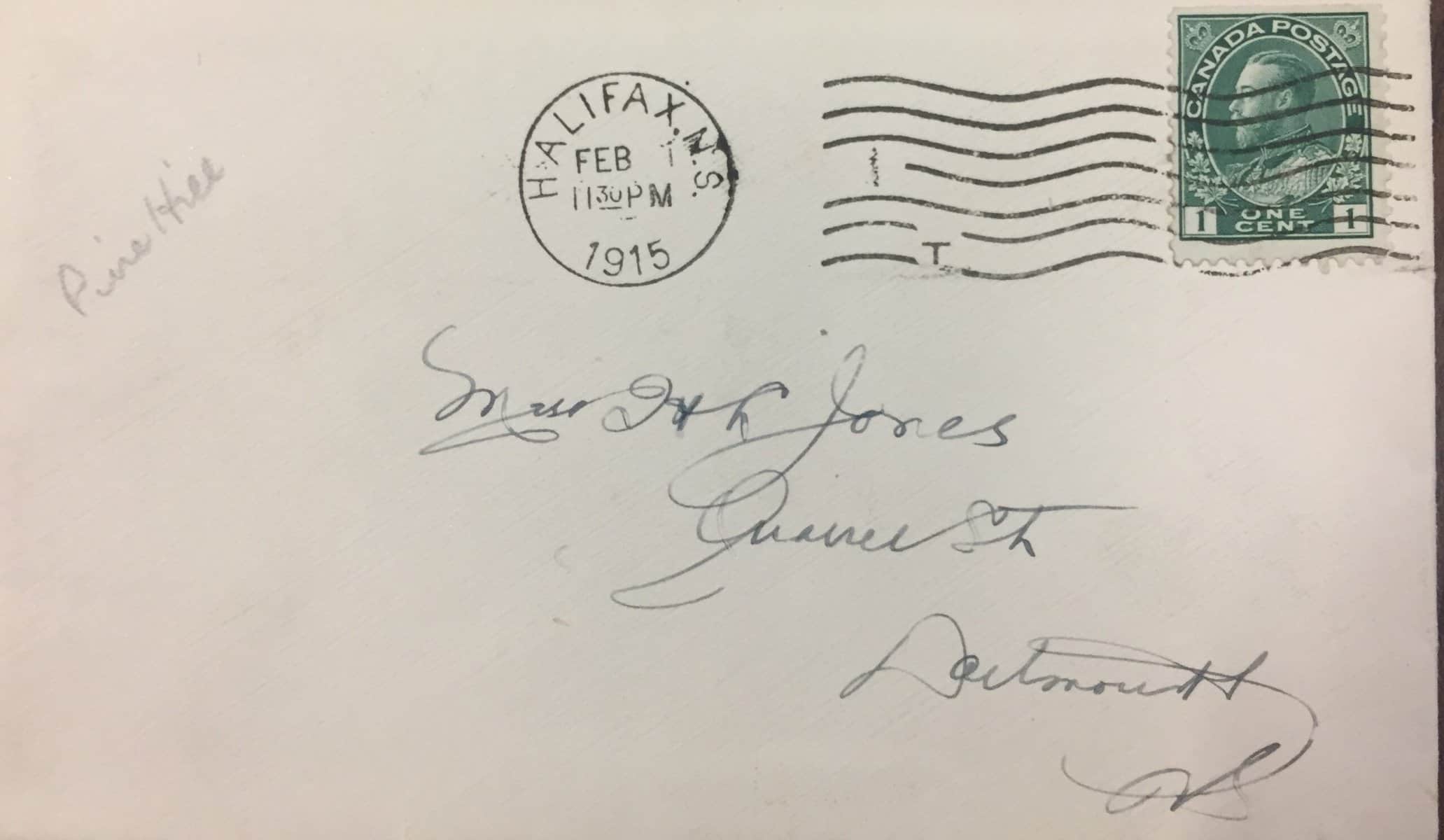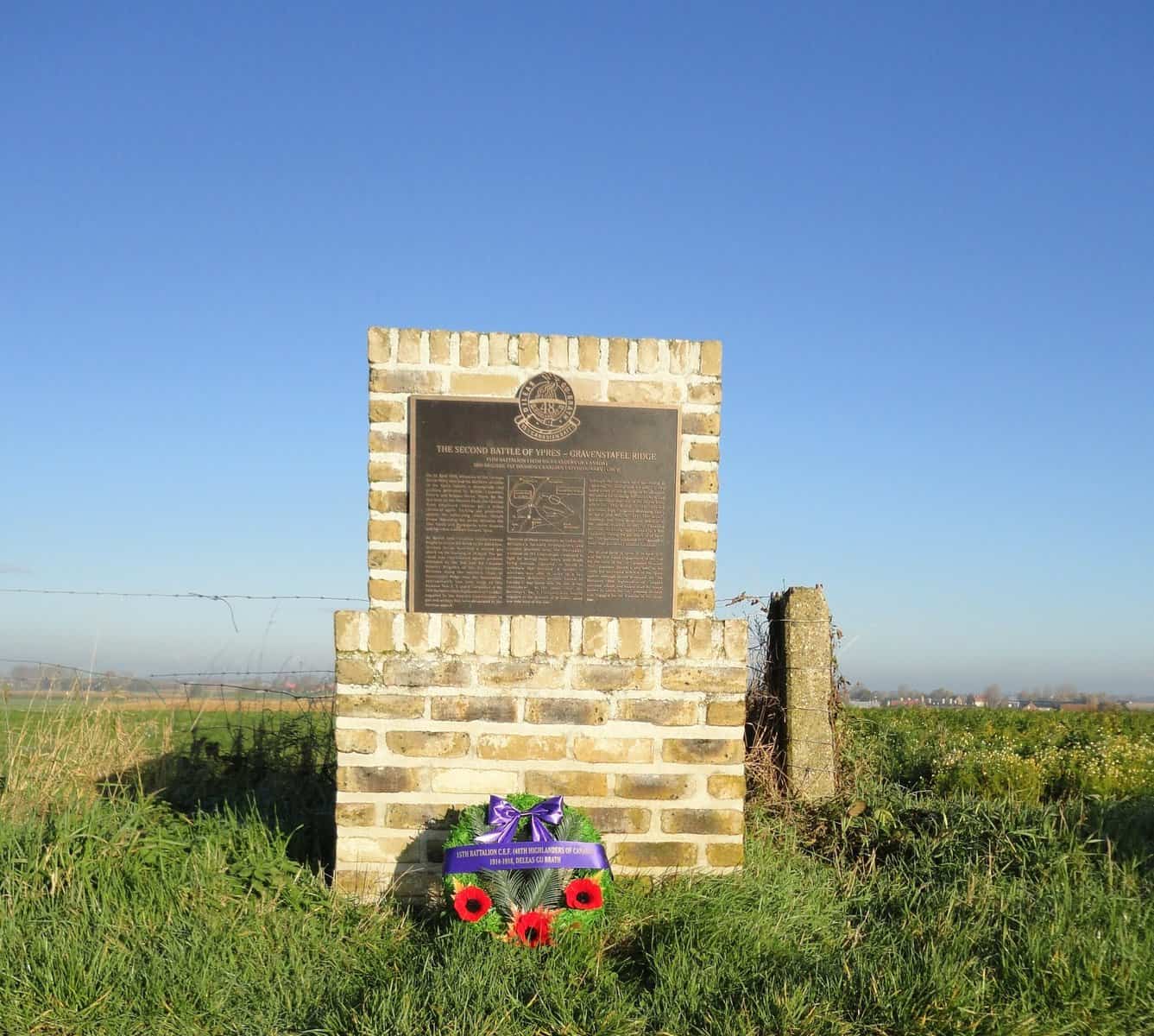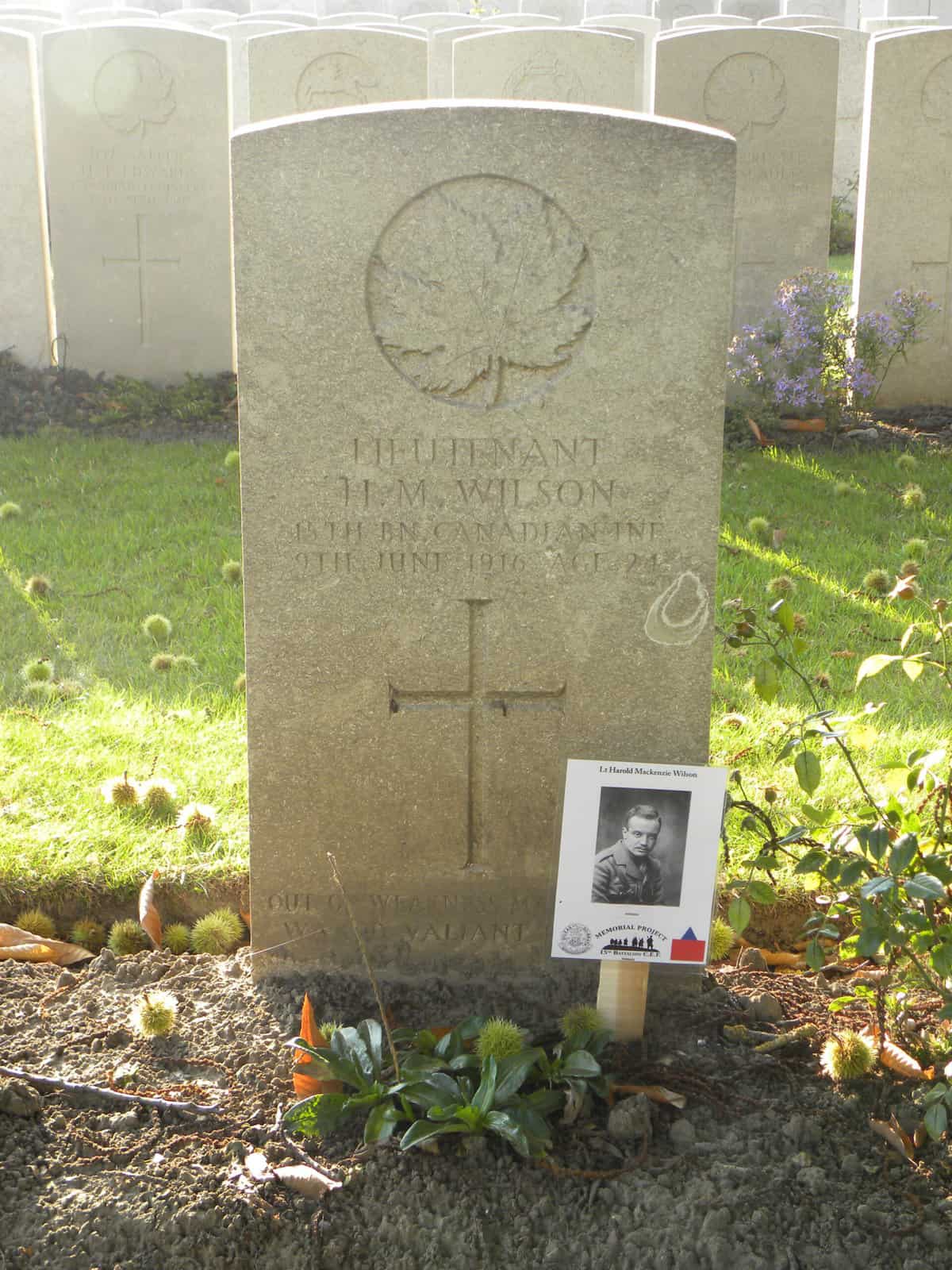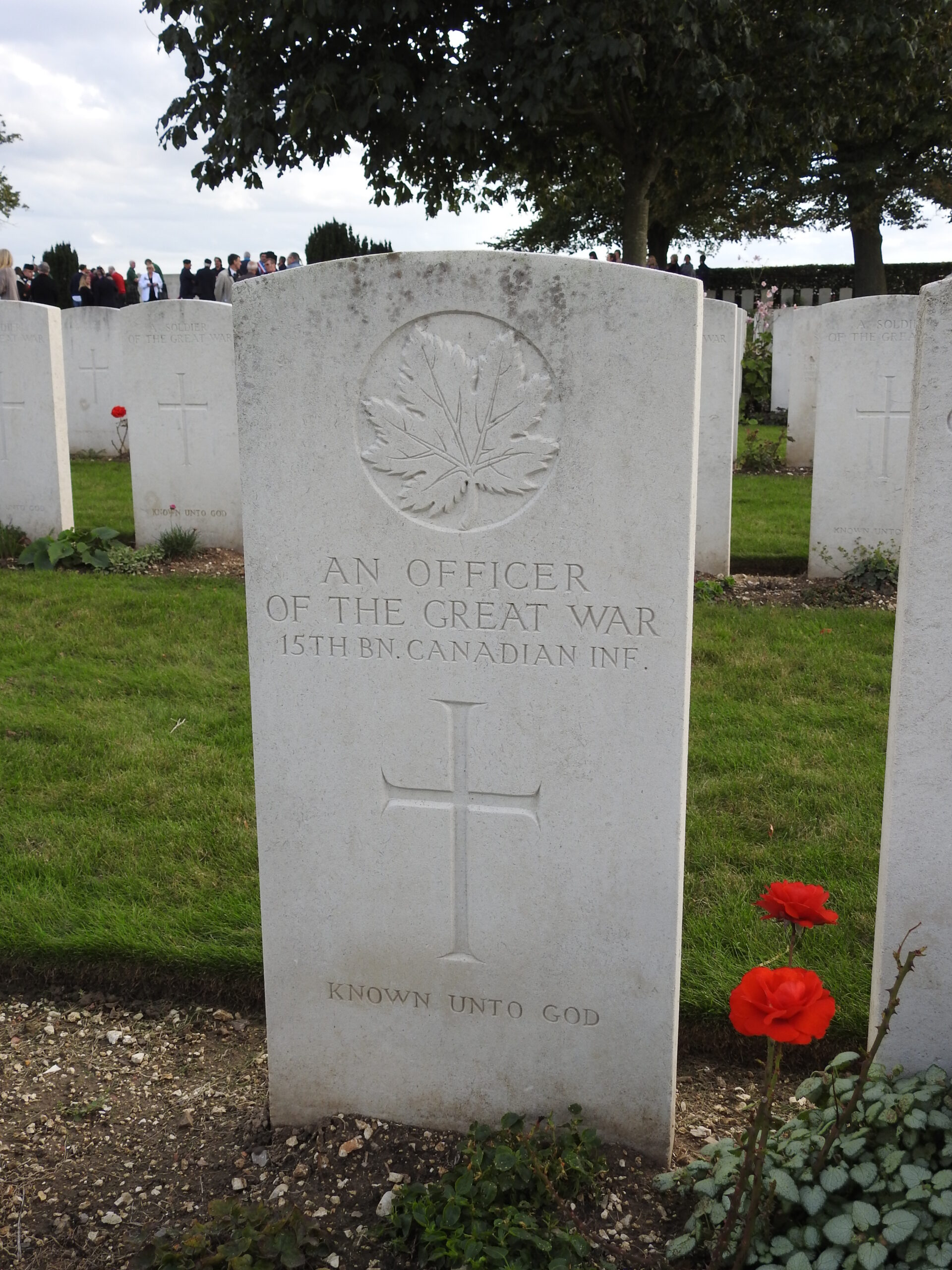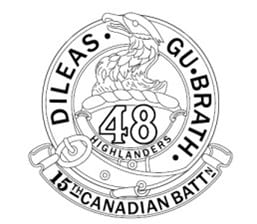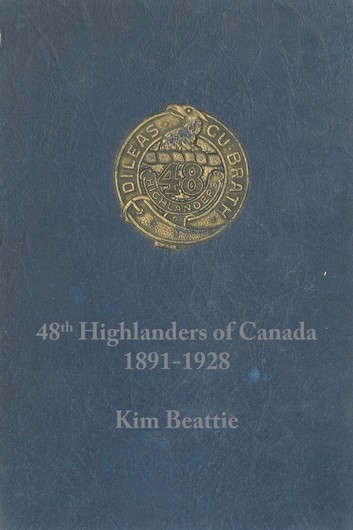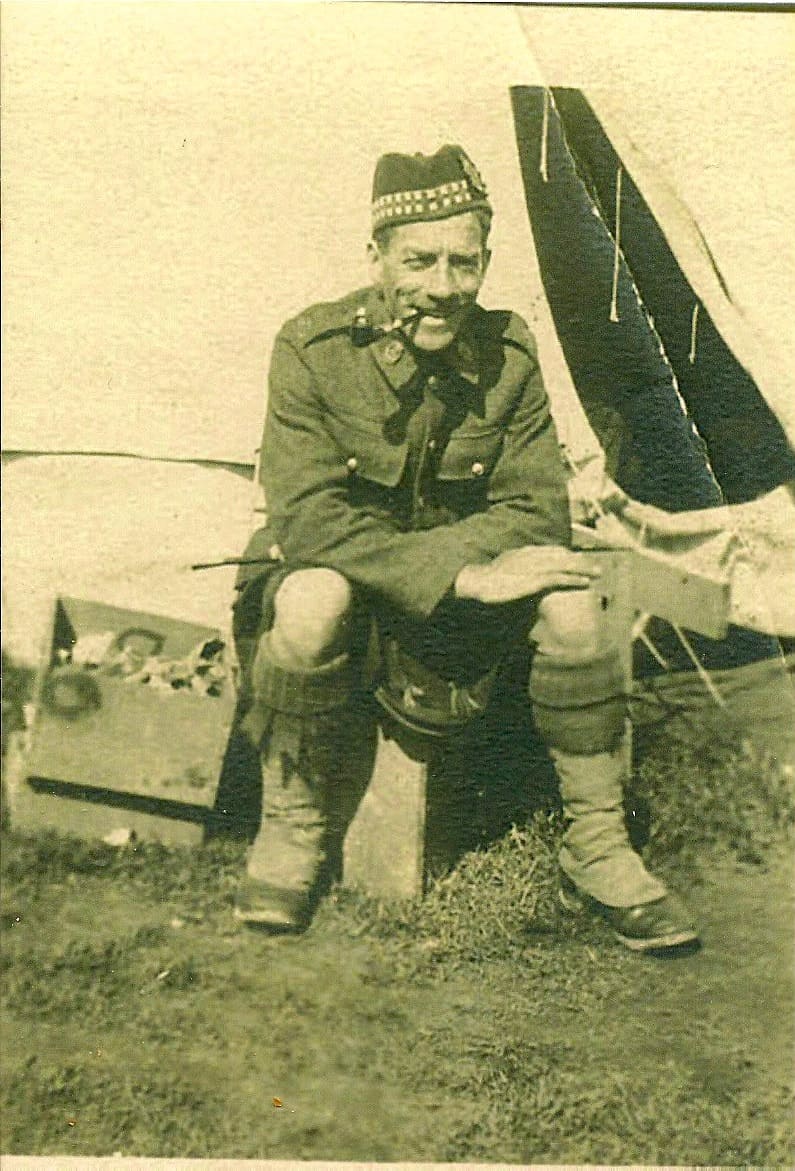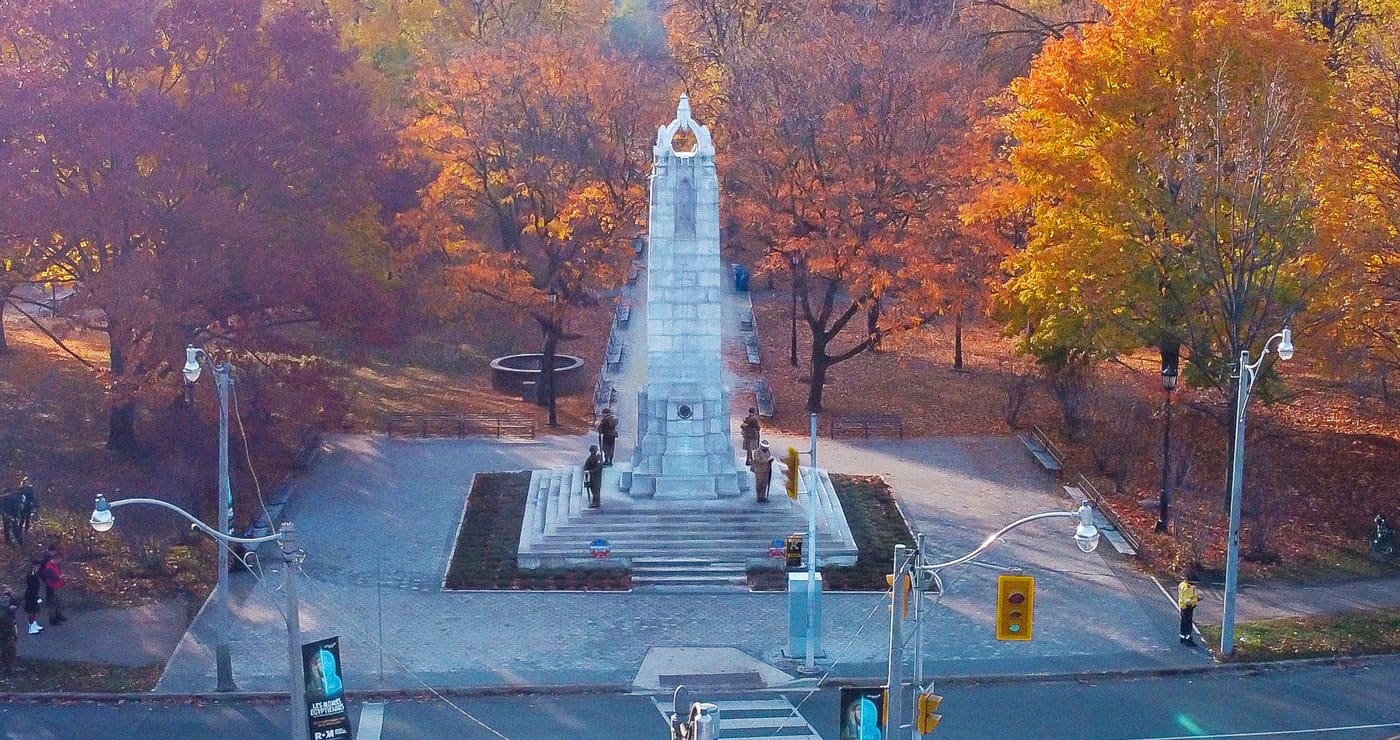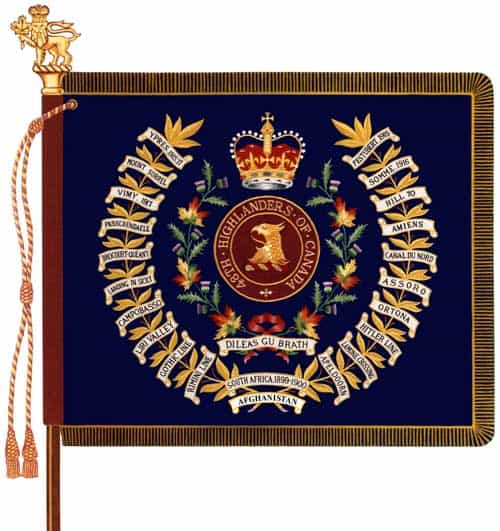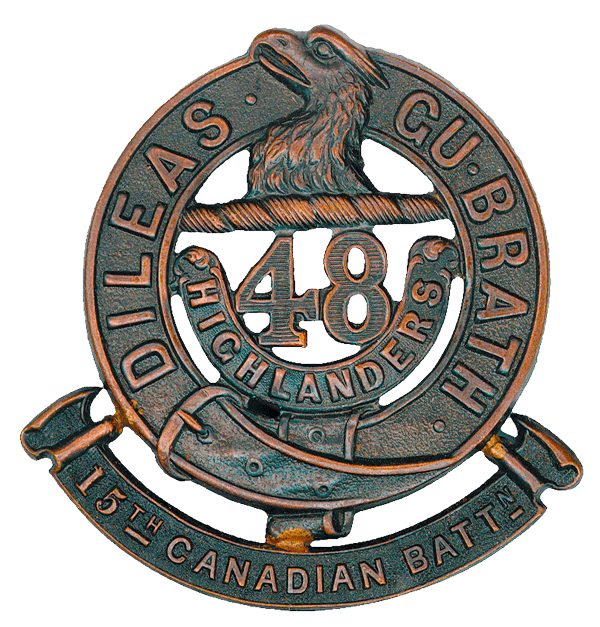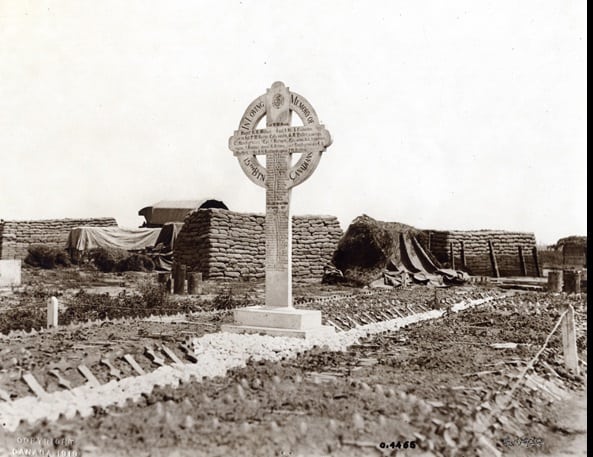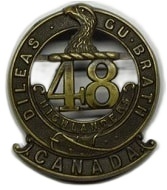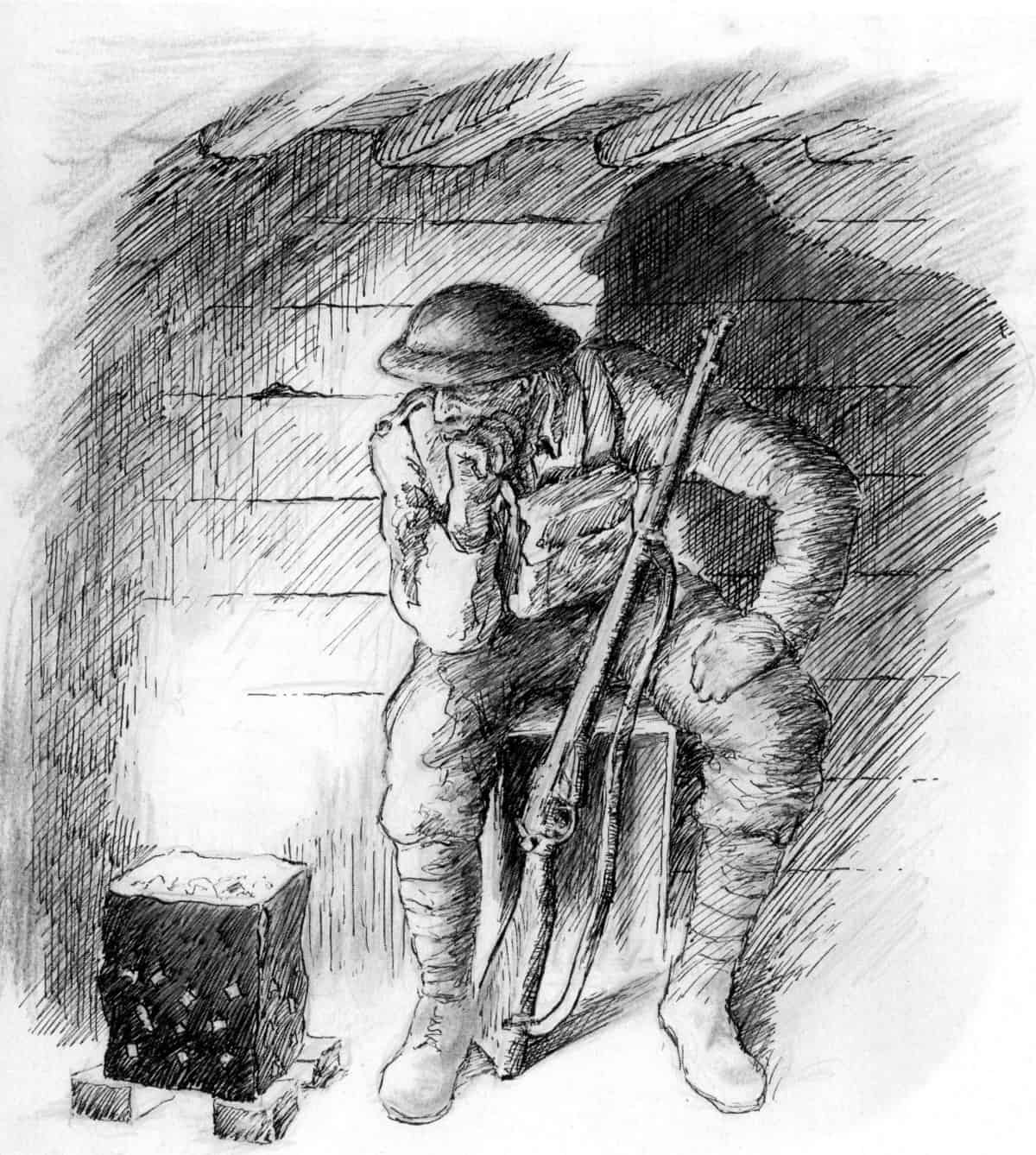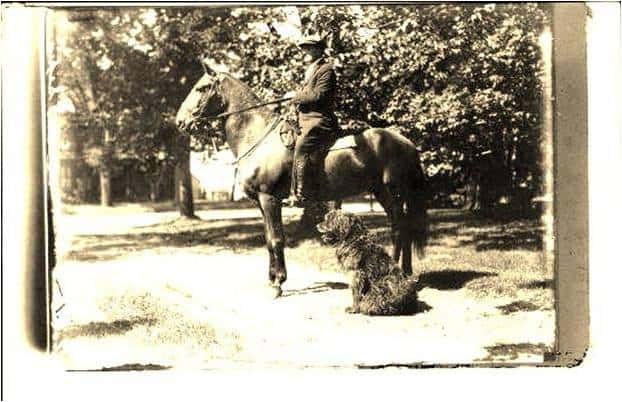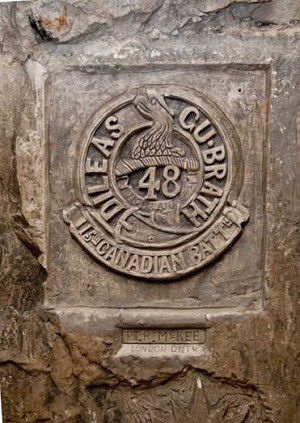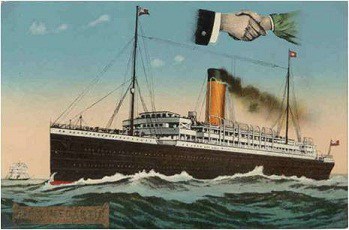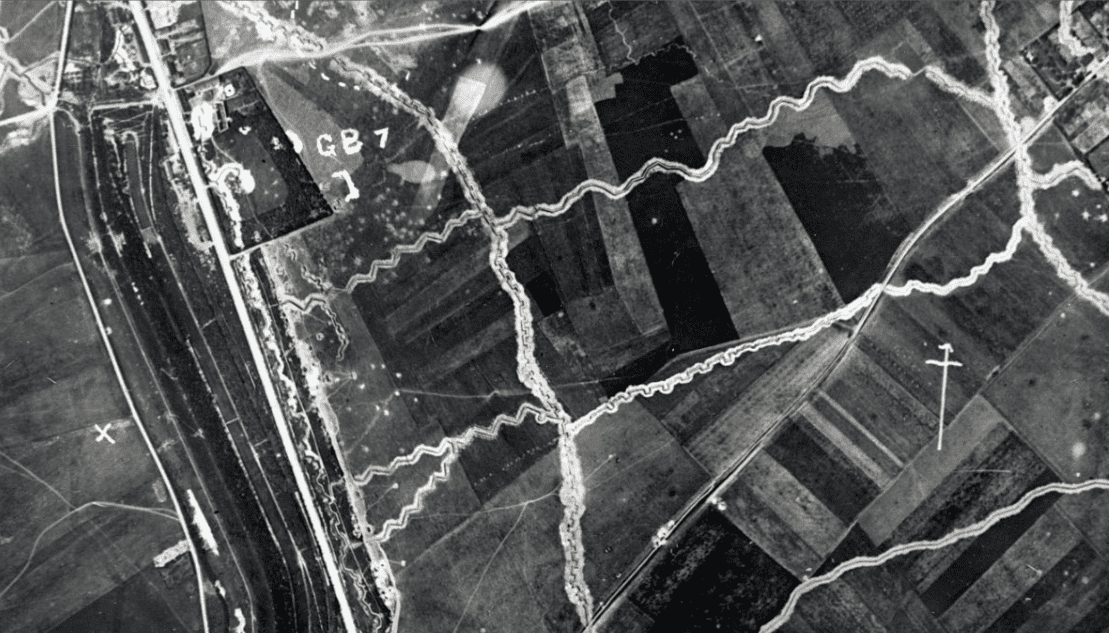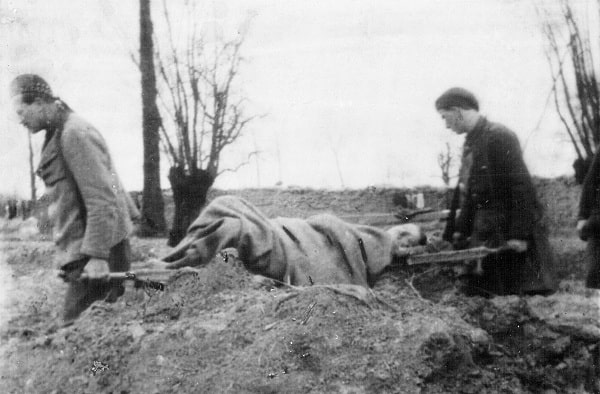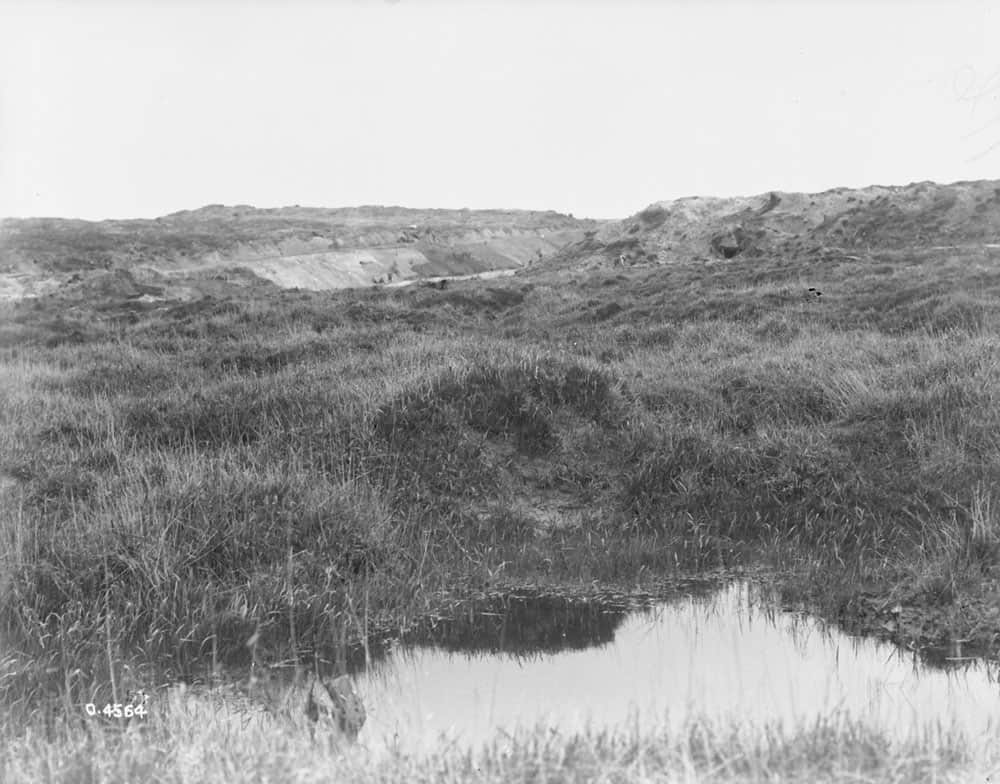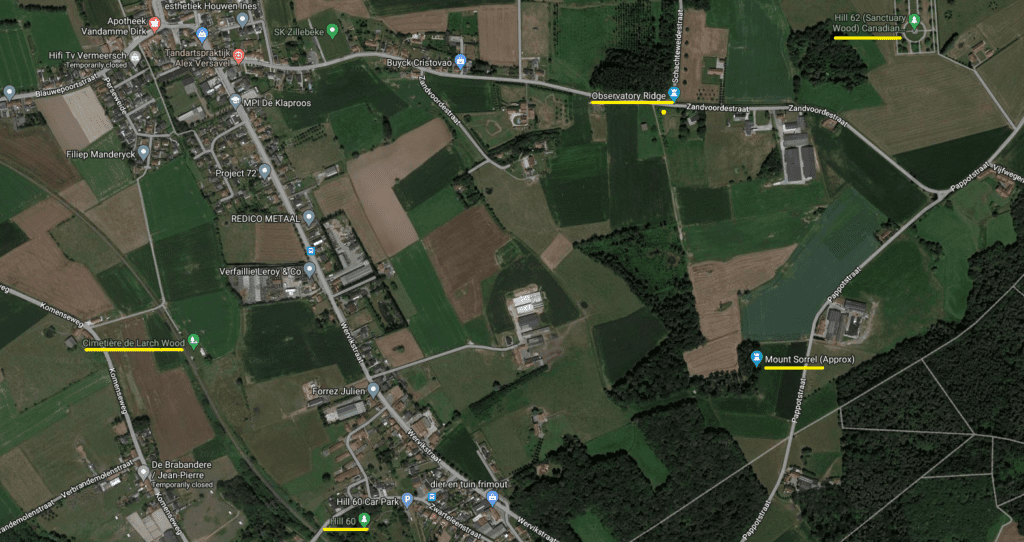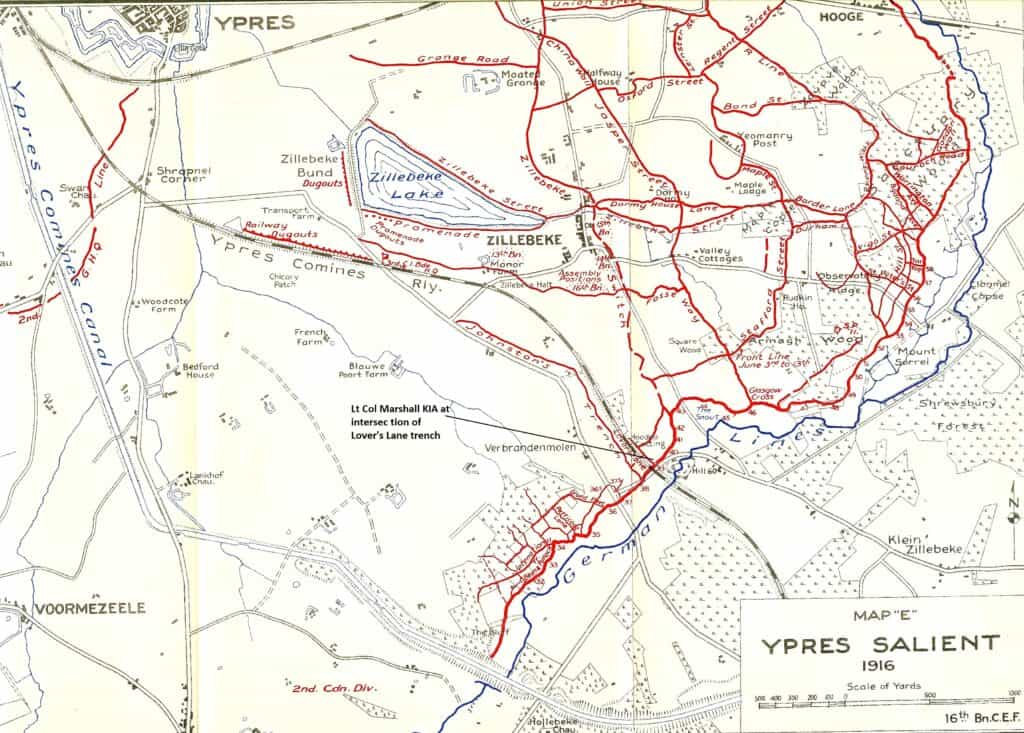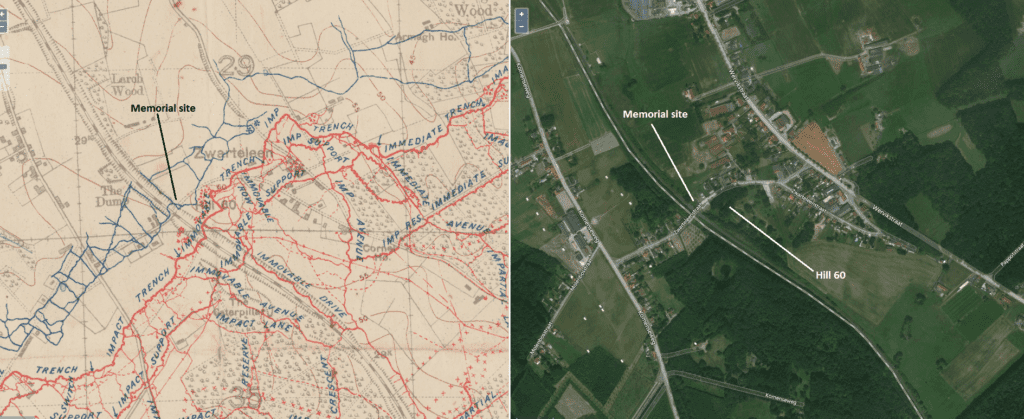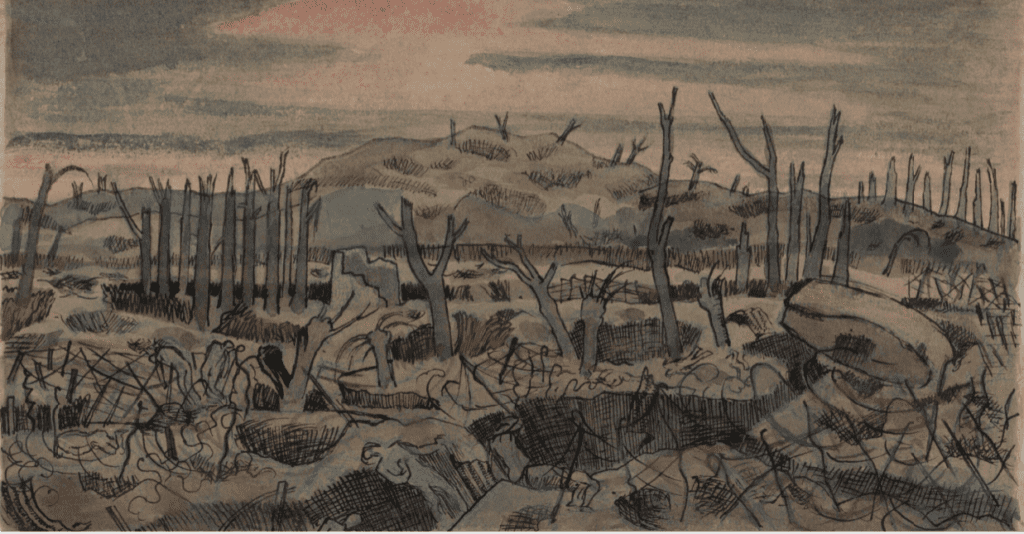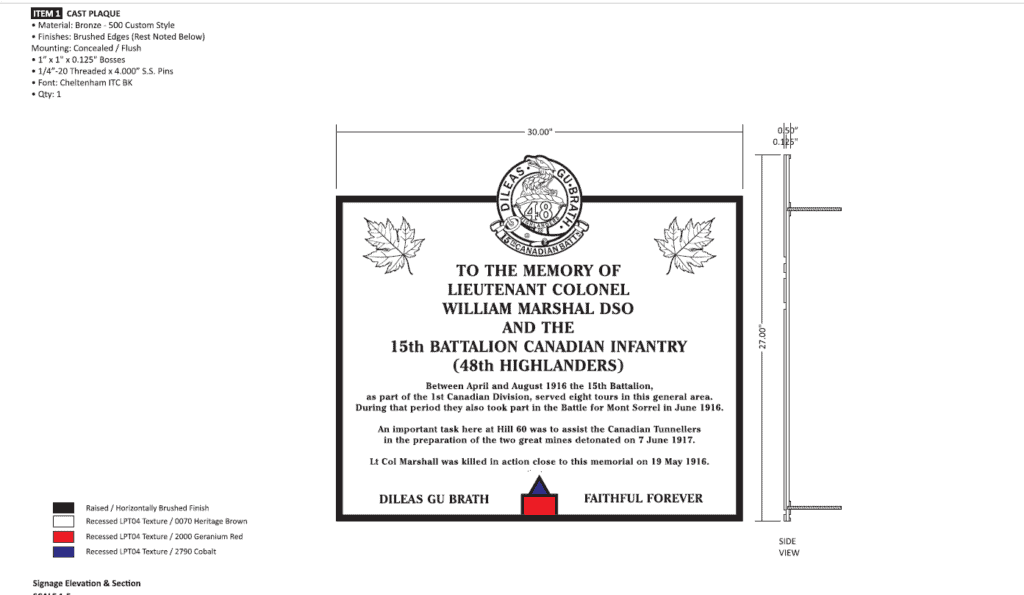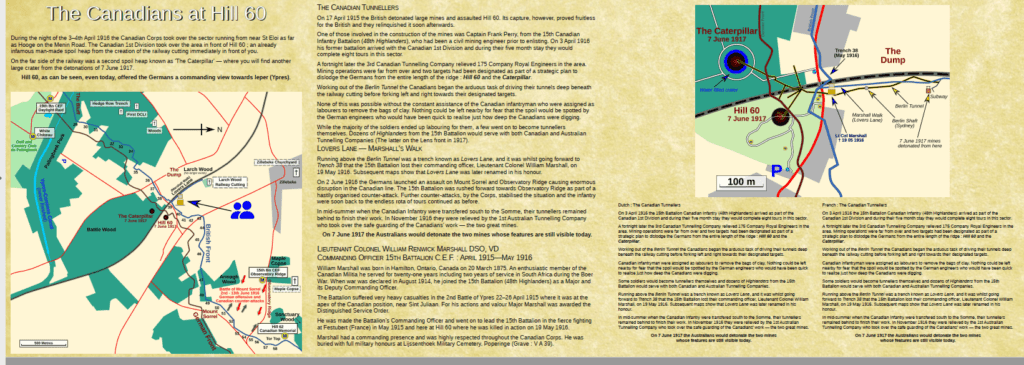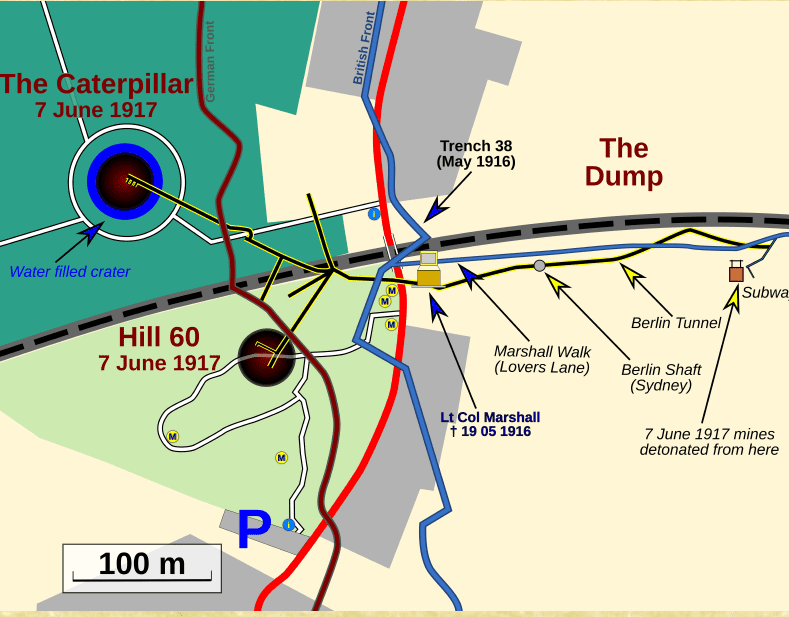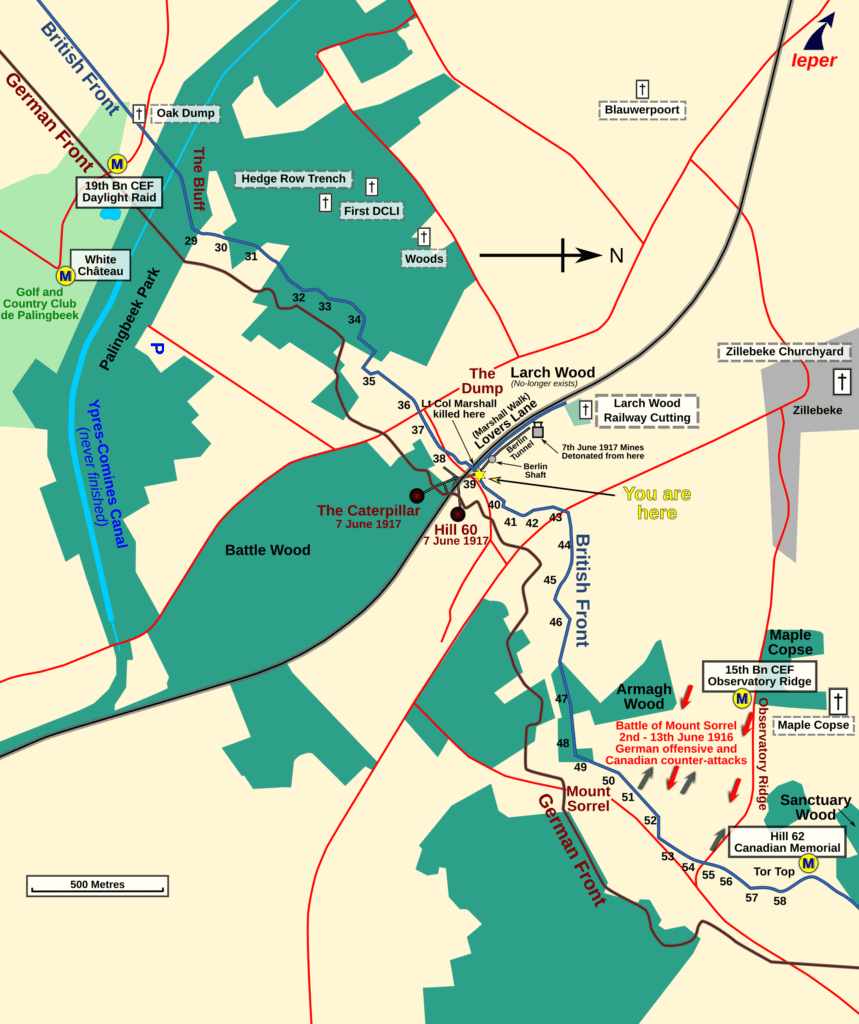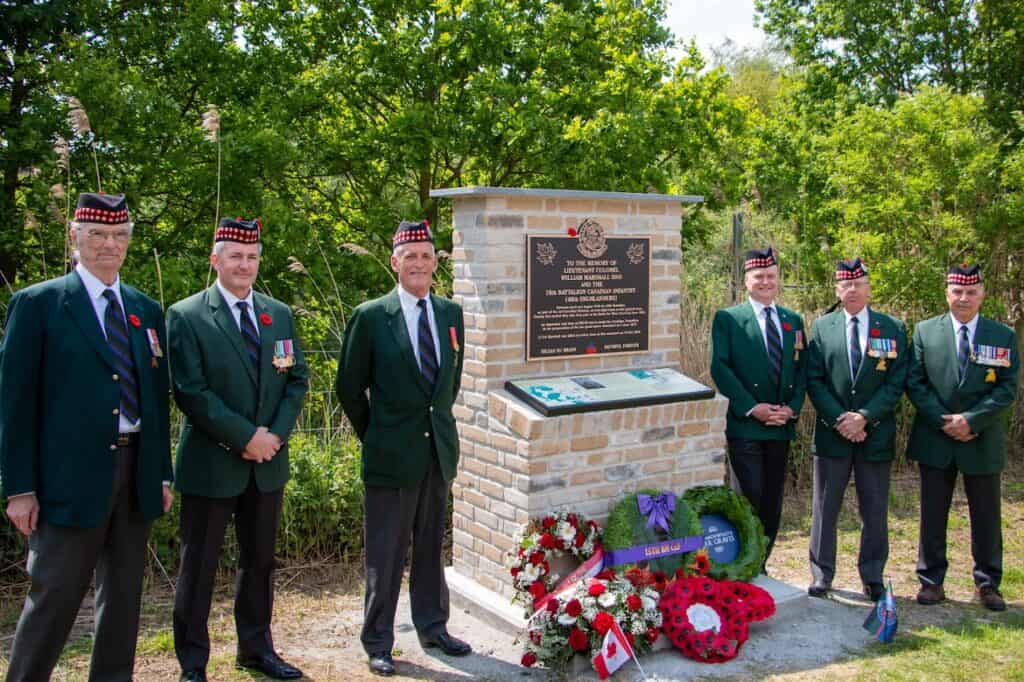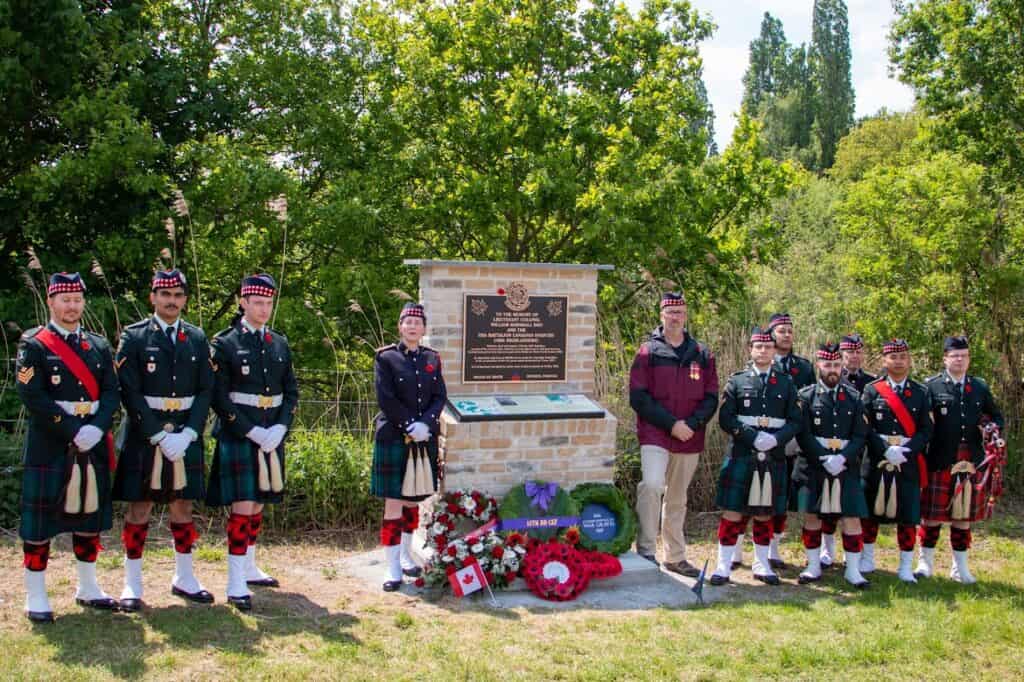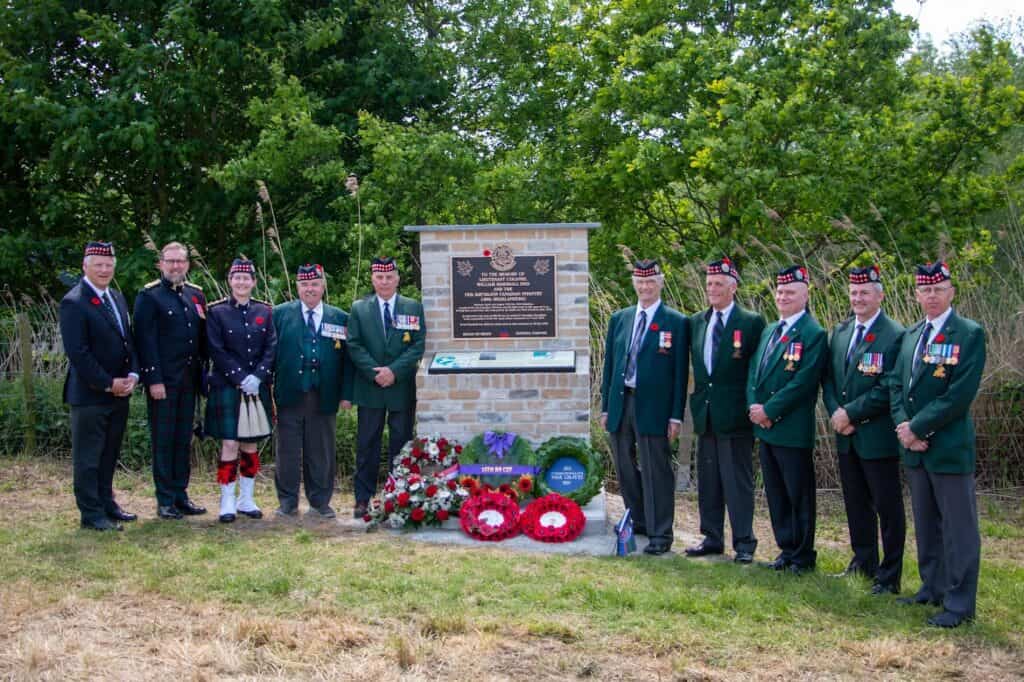The Canadians at Hill 60
During the night of the 3-4th April 1916 the Canadian Corps took over the sector running from near St Eloi as far as Hooge on the Menin Road.T he Canadian 1st Division took over the area in front of Hill 60;an already infamous man-made spoil heap from the creation of the railway cutting immediately in front of you.
On the far side of the railway was a second spoil heap known as The Caterpillar where you will find another large crater from the detonations of 7 June 1917.
Hill 60 as can be seen, even today, offered the Germans a commanding view towards Ieper(Ypres).
The Canadian Tunnellers
On 17 April 1915 the British detonated large mines and assaulted Hill 60.Its capture. however, proved fruitless for the British and they relinquished it soon afterwards.
One of those involved in the construction of the mines was Captain Frank Perry, from the 15th Canadian Infantry Battalion (48th Highlanders), who had been a civil mining engineer prior to enlisting. On 3 April 1916 his former battalion arrived with the Canadian 1st Division and during their five month stay they would complete eight tours in this sector.
A fortnight later the3rd Canadian Tunnelling Company relieved 175 Company Royal Engineers in the area. Mining operations were far from over and two targets had been designated as part of a strategic plan to dislodge the Germans from the entire length of the ridge: Hill 60 and the Caterpillar.
Working out of the Berlin Tunnel, the Canadians began the arduous task of driving their tunnels deep beneath the railway cutting before forking left and right towards their designated targets.
None of this was possible without the constant assistance of the Canadian infantryman who were assigned as labourers to remove the bags of clay. Nothing could be left nearby for fear that the spoil would be spotted by the German engineers who would have been quick to realise just how deep the Canadians were digging.
While the majority of the soldiers ended up labouring for them, a few went on to become tunnellers themselves. Dozens of Highlanders from the 15th Battalion would serve with both Canadian and Australian Tunnelling Companies (The latter on the Lens front in 1917).
Lovers Lane – Marshall’s Walk
Running above the Berlin Tunnel was a trench known as Lovers Lane and it was whilst going forward to Trench 38 that the 15th Battalion lost their commanding officer, Lieutenant Colonel William Renwick Marshall on 19 May 1916. Subsequent maps show that Lovers Lane was later renamed in his honour.
On 2 June 1916 the Germans launched an assault on Mount Sorrel and Observatory Ridge causing enormous disruption in the Canadian line. The 15th Battalion was rushed forward towards Observatory Ridge as part of a hastily organised counter-attack. Further counter-attacks by the Corps stabilised the situation and the infantry were soon back to the endless rota of tours continued as before.
In mid-summer, when the Canadian Infantry were transferred south to the Somme, their tunnellers remained behind to finish their work. In November 1916 they were relieved by the 1st Australian Tunnelling Company who took over the safe guarding of the Canadians work – the two great mines.
On 7 June 1917 the Australians would detonate the two mines whose features are still visible today.
Lieutenant Colonel William Renwick Marshall DSO, VD
Commanding Officer 15th Battalion C.E.F. April 1915-May 1916
William Marshall was born in Hamilton, Ontario, Canada on 20 March 1875. An enthusiastic member of the Canadian Militia he served for twenty-one years including two years of service in South Africa during the Boer War. When war was declared in August 1914,he joined the 15th Battalion (48th Highlanders) as a Major and its Deputy Commanding Officer.
The Battalion suffered very heavy casualties in the 2nd Battle of Ypres 22-26 April 1915 where it was at the apex of the Canadian position near Sint Juliaan. For his actions and valour Major Marshall was awarded the Distinguished Service Order.
He was made the Battalion’s Commanding Officer and went on to lead the 15th Battalion in the fierce fighting at Festubert(France) in May 1915 and here at Hill 60 where he was killed in action on 19May 1916.
Marshall had a commanding presence and was highly respected throughout the Canadian Corps. He was buried with full military honours at Lijssenthoek Military Cemetery, Poperinge (Grave: V A 39).


